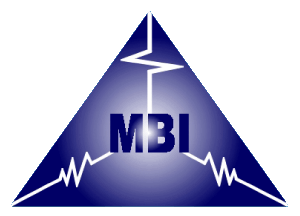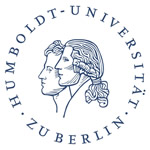Topological protection of partially coherent light
Summary (expand/hide)
Topological physics exploits concepts from geometry and topology to implement systems capable of guiding waves in an unprecedented fashion. These ideas have led to the development of photonic topological insulators, which are optical systems whose eigenspectral topology allows the creation of light states that propagate along the edge of the system without any coupling into the bulk or backscattering even in the presence of disorder. Indeed, topological protection is a fully coherent effect, and it is not clear to what extent topological effects endure when the wavefronts become partially coherent. Here, we study the interplay of topological protection and the degree of spatial coherence of classical light propagating in disordered photonic topological insulators. Our results reveal the existence of a well-defined spectral window in which partially coherent light is topologically protected. This opens up the design space to a wider selection of light sources, possibly yielding smaller, cheaper, and more robust devices based on the topological transport of light.
Default Region Image



